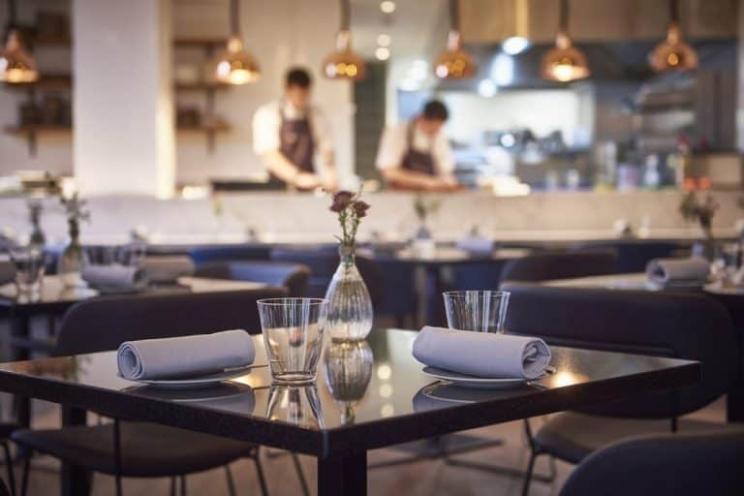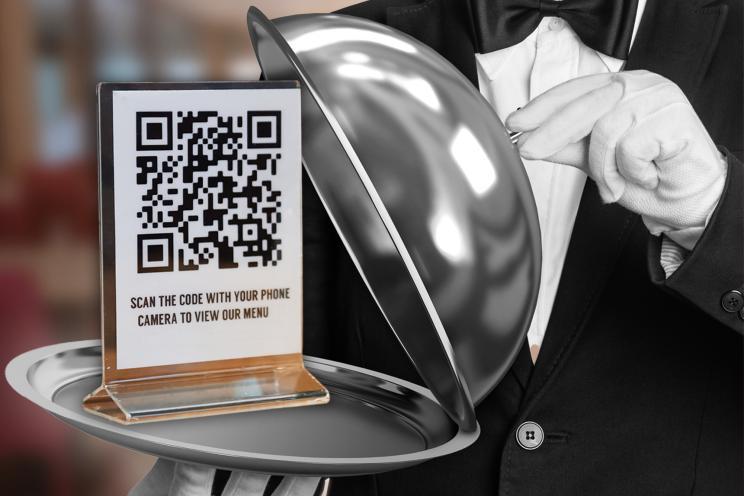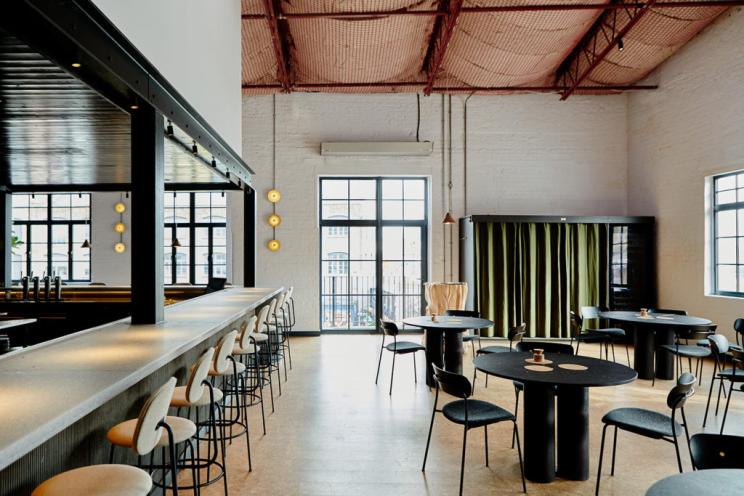
Steps to opening a new restaurant location
Opening a new restaurant location is an exhilarating journey filled with excitement and potential. However, it's crucial to approach the venture with careful planning and execution. From conceptualization to grand opening, each step plays a vital role in ensuring the success of your culinary endeavor.
Whether you're expanding your restaurant business or venturing into the restaurant industry for the first time, success hinges on your ability to navigate the intricacies of this process.
What are the crucial steps that you need to go through before opening a new location?
Market Research and Concept Development
Before diving headfirst into the restaurant business, conduct thorough market research. Understand the demographics of the area, analyze competitors, and identify gaps in the market. Use this information to craft a unique concept that resonates with your target audience.
Whether it's a cozy café, upscale bistro, or trendy fusion eatery, your concept should reflect the preferences and desires of your potential customers.
Opening a burger joint works well in industrial areas or beside a university for example while choosing a fine dining restaurant requires a fancier area that people visit to spend their special occasions with a nice view.
Business Plan Formulation
A well-crafted business plan serves as the roadmap for your restaurant's success. Outline your concept, mission, and vision, detailing your unique selling proposition and competitive advantage. Include financial projections, startup costs, and a realistic timeline for opening.
Your business plan should also encompass operational strategies, marketing plans, and staffing requirements. Collaborate with industry experts, such as accountants and restaurant consultants, to ensure your business plan is comprehensive and viable.
Secure Funding
Opening a new restaurant location requires a significant financial investment. Explore various funding options, including personal savings, bank loans, or investors. Present your business plan to potential investors or lenders to secure the necessary capital.
Be prepared to demonstrate the potential return on investment and your ability to manage finances effectively. Additionally, establish a contingency fund to cover unexpected expenses or fluctuations in revenue during the initial phases of operation.
Location Selection
The location of your restaurant can significantly impact its success unless you're planning to focus on your online sales. Look for a site that aligns with your target market and concept. Consider factors such as foot traffic, visibility, parking availability, and proximity to complementary businesses.
Negotiate favorable lease terms with the property owner, ensuring the space meets your operational needs and budget constraints. Conduct thorough due diligence, including inspections and zoning requirements, before finalizing the location to ensure that your restaurant is positioned for maximum exposure and profitability.
Leveraging technology
Invest in a robust POS system that offers features such as order management, inventory tracking, and reporting capabilities. A modern POS system streamlines transactions, reduces errors, and provides valuable insights into sales trends and customer preferences. Make sure that your software provider supports your expansion plans with the ability to centralize and exchange data across different outlets like BIM Syncher does with its multi-branch and multi-concept corporate management.
Choose a system that integrates seamlessly with other software solutions, such as accounting, reservation management, and customer relationship management platforms, to optimize workflow and data management.
Offer different automation options including self-ordering kiosks that empower your customers and save you costs in the long run, in addition to securing additional sales channels.
Online Ordering and Delivery Services
Embrace the growing online ordering and delivery trend by partnering with third-party delivery platforms or developing your own mobile app and website.
Offering convenient options for customers to order food for delivery or pickup expands your reach and revenue potential. Implementing a user-friendly online ordering system enhances convenience and accessibility for guests, driving customer satisfaction and loyalty.
you need to get a mobile ordering system that is integrated with your POS that allows customers to place orders for goods or services using their smartphones or tablets, without the need for physical interaction with a traditional cashier or ordering system. Integration typically involves connecting the mobile ordering interface with backend systems such as inventory management, payment processing, and order fulfillment. This ensures that orders placed through the mobile app or website are seamlessly processed, paid for, and fulfilled by the business.
Menu Development and Supplier Partnerships
Craft a menu that showcases your culinary prowess while meeting the preferences of your target audience. Focus on quality, variety, and seasonality to keep diners coming back for more. Establish partnerships with reliable suppliers to source fresh, high-quality ingredients consistently.
Negotiate favorable terms and build strong relationships to ensure smooth operations and cost efficiency.
It’s advisable to have a signature dish that differentiates you from your competitors that everybody will talk about.
Hiring and Training Staff
Your staff are the face of your restaurant and play a crucial role in its success. Recruit a team of talented and passionate individuals who share your commitment to excellence and hospitality. Hire skilled chefs, cooks, servers, bartenders, and support staff who embody your brand values and deliver exceptional service.
Training is essential in the hospitality sector. Develop comprehensive training programs to onboard new employees and instill your restaurant's culture, standards, and procedures. Invest in ongoing training and development to empower your team members and foster a positive work environment especially if you plan to expand your business, the thing that requires consistency across different outlets.
Foster a positive work culture built on respect, communication, and teamwork to retain top talent and drive success.
Interior Design and Décor
Create a welcoming ambiance that enhances the dining experience for your guests. Invest in interior design and décor that aligns with your restaurant's concept and branding. Consider factors such as layout, lighting, furniture, and décor elements to create a cohesive and inviting atmosphere. The right ambiance sets the stage for memorable dining experiences and encourages repeat business.
Create a Marketing Strategy
Generate buzz and anticipation for your new restaurant location through strategic marketing initiatives. Develop a multi-channel marketing strategy that leverages digital and traditional platforms to reach your target audience. Utilize social media, email marketing, press releases, and local advertising to promote your grand opening and attract customers.
Social media is a powerful tool to spread awareness about your new location. Engage followers and users in guessing games and polls. Start at least a month ahead.
Engage with the community through events, partnerships, and collaborations to build brand awareness and loyalty.
Soft Opening
Before officially launching your new restaurant location to the public, conduct a soft opening or soft launch to fine-tune operations and gather feedback. Invite friends, family, industry insiders, and select customers to experience your menu and service firsthand.
Use this opportunity to identify areas for improvement, address any operational challenges, refine your offerings based on customer feedback, and make any necessary adjustments before the official launch. Leverage this initial phase to build momentum and generate positive word-of-mouth publicity.
Grand Opening Celebration
Celebrate the culmination of your hard work and dedication with a memorable grand opening event. Roll out the red carpet for guests and make a lasting impression with special promotions, live entertainment, and exclusive menu offerings. Invite local influencers, media outlets, and dignitaries to amplify your restaurant's visibility and attract attention.
Ensure that your staff is prepared to deliver exceptional service and create a positive first impression that will leave guests eager to return.
Continuous Improvement and Adaptation
The journey doesn't end with the grand opening; it's just the beginning. Monitor performance metrics, gather feedback from customers, and stay attuned to industry trends to continuously improve and adapt your restaurant's offerings.
Embrace innovation, experiment with new ideas, and remain flexible to evolving consumer preferences. By staying proactive and responsive to change, you can position your restaurant for sustained success in the competitive culinary landscape.
Opening a new restaurant location is a complex and demanding endeavor that requires careful planning, execution, and perseverance. Follow these essential steps and leverage strategic insights to maximize your chances of success and establish a thriving culinary destination that delights diners and stands the test of time.





